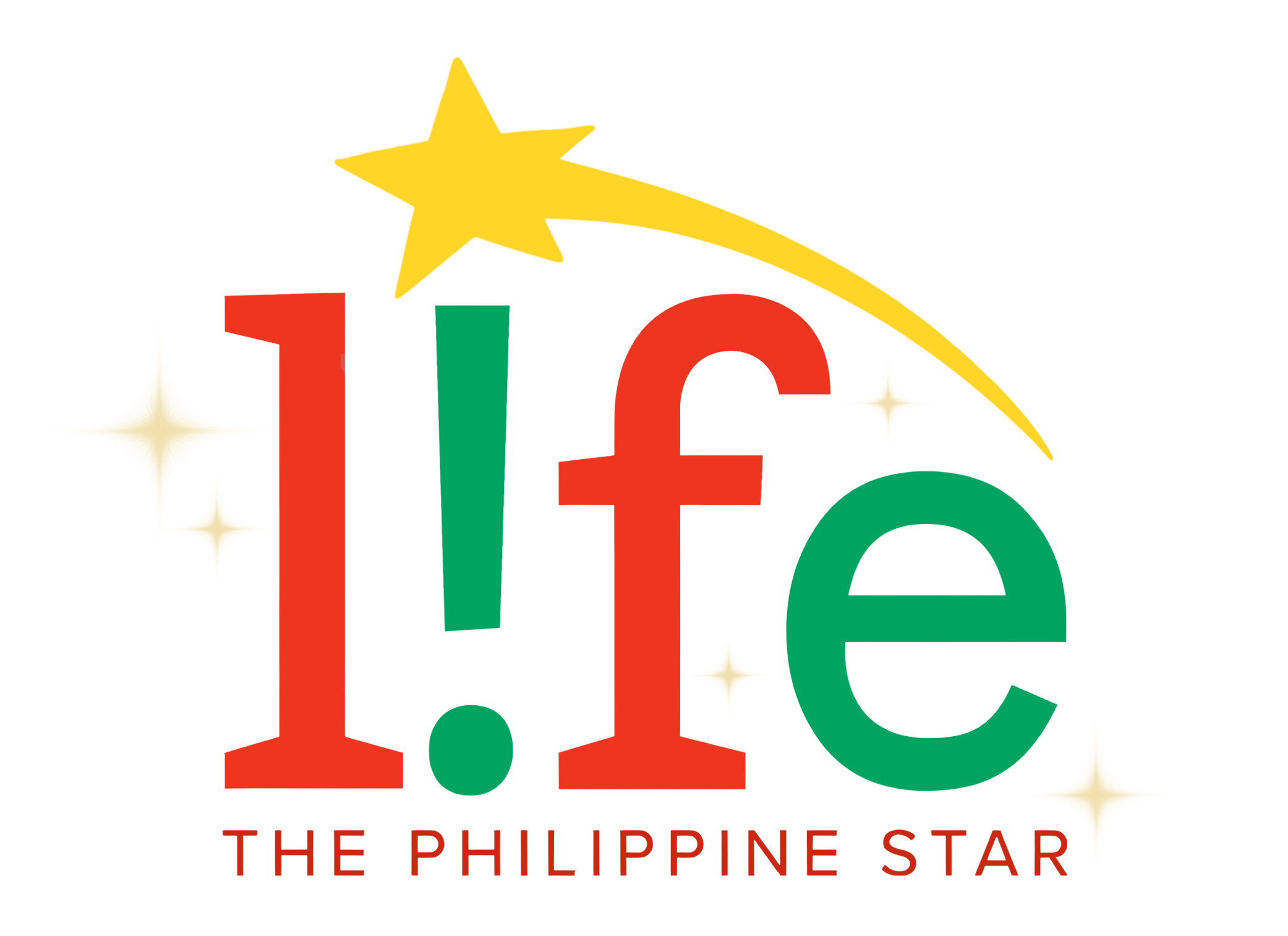Cursive reading skills needed: The US National Archives is seeking help to transcribe important documents
Do you know how to read cursive? Then you may want to lend a hand to the US National Archives and Records Administration.
The government agency is currently looking for volunteers for its Citizen Archivist program. In this program, you can contribute to the National Archives Catalog by transcribing more than 200 years' worth of historical documents, tagging archival photographs, or adding comments to enhance a record's discovery.
There are records related to the Chinese Exclusion Era; a criminal case against Napoleon B. Latta, John Watson, and William H. Watson who were indicted on counterfeiting; a statement by former US President Harry S. Truman; and even a White House Luncheon and Dinner menu.
The agency noted that "all documents are unique and may contain various aspects such as stamps, tables, or charts." And so when transcribing, volunteers are advised to "type what you see and follow the order and layout as best you can."
Words must be typed exactly as they appear in the document, including capitalization, abbreviations, names, dates, and even misspelled words.
If you think a misspelled word may cause others difficulty searching for the record, you may add the correct spelling using brackets.
"When transcribing, don't worry too much about matching the exact format of the original document, but instead think about how transcribing the text will improve our ability to read the documents, search for them, and use the information they contain," the agency stated.
Another way to contribute is by tagging, a "fun and easy way" to help make National Archives records more searchable by adding keywords, terms, and labels.
You can add tags to catalog entries in two ways. First, navigate to the specific page and add tags directly to the contribution box. Alternatively, you can add tags to the description section found at the bottom of the catalog entry.
When tagging photographs and graphic materials, prioritize terms that identify key objects or concepts not mentioned in the title or scope and content notes. This ensures that your tags accurately reflect the visual content and enhance the discoverability of these items for other users.
In addition to browsing and searching, you can contribute to the catalog by sharing your knowledge in the comments section. This feature allows you to provide valuable insights to other users by adding details about records, suggesting related materials, sharing your research findings, or offering clues about what might be found within a specific item, file unit, or series.
How to join
While the National Archives operates in the US, even non-US citizens are allowed to create an account on the website.
To volunteer, you'll first need to create a free user account. Simply click on the "Log in / Sign Up" button located in the top right corner of the catalog and enter your desired email address.
Once you're done setting up an account, you can search for a topic or browse their webpage for suggestions of records to transcribe. Click on a topic that interests you and it will take you directly to a list of those records in the catalog.
For detailed instructions on how to transcribe, you can watch the video below:
The agency's need for volunteers comes after reading and writing in cursive are no longer being taught significantly in American schools. According to News Center Maine, only half of the states in the US require cursive writing lessons in school.
The National Archives and Records Administration preserves US government records, manages the Presidential Libraries system, and publishes laws, regulations, Presidential, and other public documents.



